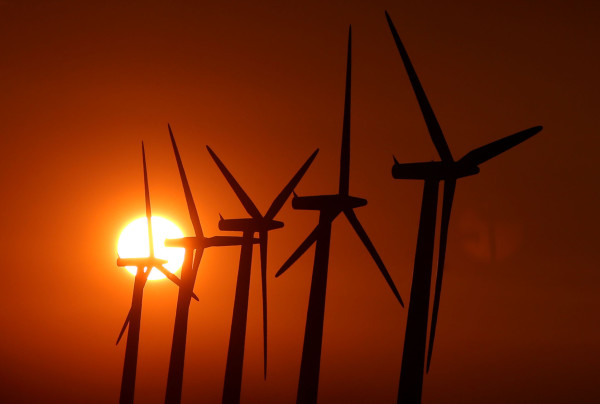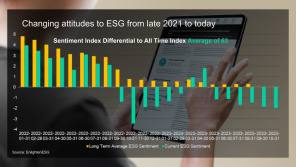

Green assets are likely to underperform in the future, according to a group of academic researchers, who criticised the industry for "sloppy thinking in this area".
Despite green assets performing very well over the past eight years, strong performance in the future is not guaranteed, according to 'Dissecting Green Returns', a paper co-authored by Luke Taylor and Robert Stambaugh of The Wharton School in the University of Pennsylvania, and Lubos Pastor at the University of Chicago.
Taylor told FTAdviser: "We did this research project because we noticed a lot of really sloppy thinking, from not just practitioners but also researchers in this area, about the difference between a realised return and the expected return."
He outlined how returns from green assets have been buoyed by money flooding into the space due to climate change shocks in the past eight years, but warned that will not be enough to sustain future expected returns.
“What does the past performance of green assets imply about their future performance?” he asked.
“Green assets have performed really well, they’ve had high realised returns, does that mean they had high expected returns? Or did those green assets just get lucky over the past eight years?”
He added: “Does that really strong past performance tell us that we should expect strong performance going forward? And our bottom line is, the answer to that question is no.”
Methodology
The team created a portfolio that was long on green assets and short on brown assets. As predicted, Taylor said, “sure enough, you see that green factors performed incredibly well over the past eight years”.
The next step was to create a measure for climate change concerns. This was done via a computer system that read newspaper articles from eight US outlets and measured how concerned people were around climate change based on these articles.
“What we see in step two to nobody's surprise is that people have become much more concerned about climate change in the past eight years,” Taylor said.
Step three was to relate stock returns to climate change shocks, and the team found the relation was positive. “Basically, when there’s really bad news about climate change, green stocks outperform and brown stocks underperform.”
The group then set the climate shocks in their model to zero (as if there were no climate emergencies such as forest fires or floods in the past eight years), and the model calculated the performance of the green portfolio.
Taylor said: “If there were no shocks to climate concern…[performance] goes from flying straight up to essentially a flat line.”
The team also looked at the money flowing into ESG funds, and performed the same change - zero-ing out the ESG flows - and again, the model spat out a downwards line, effectively saying these funds would have underperformed had there not been climate shocks and this level of ESG fund flows.
“So this is the basis for our conclusion. The stellar past performance of green stocks should not lead you to expect stellar performance going forward.”
Another reason
Taylor outlined a second reason for green assets to underperform in the future.
He said one of the main reasons investors put their money in green assets was to make the world a better place. “You're trying to have positive social impact.”
Therefore, he said, green investors are willing to accept lower expected returns on their green portfolios, as it is the price they are willing to pay for holding stocks that are aligned with their environmental values.
He added: “One way ESG investors can have a positive impact is by reducing the cost of capital for green firms, and increasing the cost of capital for brown firms.”
This makes it harder for, for example, coal companies, to raise capital, and easier for solar and wind power to raise capital.
“The key thing people forget is that one person’s expected return is another person’s cost of capital. Expected return and cost of capital are the same thing," he said.
“So if you're an ESG investor who wants to make the world a better place, you should be hoping that green stocks have lower expected returns.
“You can't have it both ways, right? You can't say this is a green investment, I expect it to perform really well. And by the way, I'm making green firms' capital cheaper.
“You can't, it's one or the other.”
sally.hickey@ft.com



